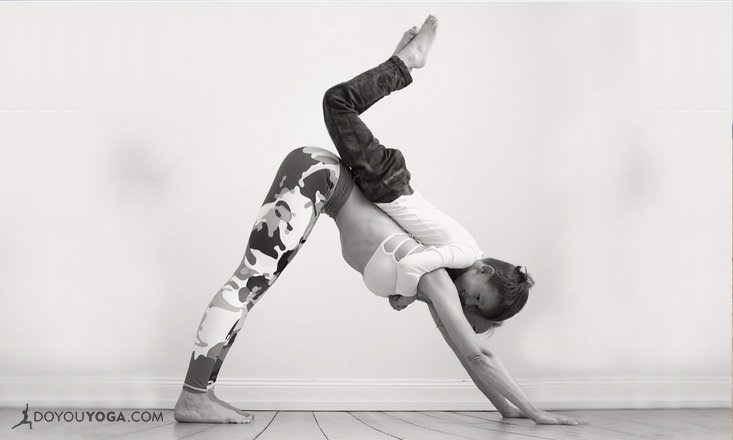Early childhood is such a wild ride! As a parent, you live your days between tears of laughter and actual crying tears. Some days you get to enjoy the ultimate cuteness, other days you have to put up with endless screams, tantrums and non-stop weeping.
As a smart, grown-up yogi, you jump on your mat and treat yourself to a little flow to reset your whole system. But did you know you can also provide your child with a similar level of comfort and peace?
How to do this, you ask? By teaching them a simple pranayama exercise.
Understand the World of Your Little Monkey
Your child can learn how to use this self-calming tool anytime they’re angry, scared or sad. It is a self-control practice your child can use forever to reduce stress and develop inner peace.
Now, let’s get down to business! Here are three simple things you need to learn about your child when you are teaching them a breathing exercise:
1. Limited Vocabulary
Young children have difficulty expressing themselves, especially when they get overwhelmed by their emotions. Likewise, they can face difficulties understanding you. Thus, speaking their language when communicating with them is essential here.
Tip: Use clear, simple words and short repeated sentences.
2. Short Attention Span
If you want your child’s attention, you have to work on getting (and keeping!) it. Create an attractive environment, placing vivid colors and mats or pillows. Use fictional stories, create imaginative images and analogies or add animals and cartoon characters to your session.
Tip: Keep it short; start with a 2-minute breathing session, and then work your way up to more time.
3. Routine
Especially for toddlers, predictable routines make their little worlds simple and understandable. This increases their sense of security and self-confidence.
Tip: Make your shared breathing sessions a daily routine, and tie them to the same time of the day.
The Simple Pranayama Exercise
Note: Suitable for kids over two who can sit patiently during this period.
Practice the breathing exercise yourself; your child will get curious and want to imitate you. Guide your child through the steps with your voice, adjusting their posture and helping them as needed.
Sit in a comfy place: a chair, sofa, on a pillow or on the floor. Relax your face, let all your muscles soften completely. Relax your hands in your lap. Release your shoulders down away from your ears and take a few slow, deep breaths. Do not try to control your breathing just yet.
Next, slowly inhale and exhale through your nose, counting to five with each breath. Never hold your breath. Make an audible whoosh sound as the air flows in and out (your child will like making breathing sounds!).
Now as you breathe in, raise one hand slowly and, as you breathe out, let it slowly release back down. Gradually lead your child through more slow, deep breaths (try at least five breaths in one sitting).
Extra Tips
Be patient. It can take some children many attempts for them to sit silently and get the hang of it. So, have patience and don’t get frustrated quickly.
Reward immediately after the exercise. Encourage any breathing your child has done with verbal compliments or congratulatory handshakes and high-fives.
Be smart with timing. Pick a time when your child is already a bit calm or relaxed, and not in his/her resisting mode. Nap times, bedtimes or after meals are great choices for breathing sessions.
Avoid being too pushy. Your child might resist, and if you push them harder, they will resist even more. Instead, offer to do something fun after the exercise.
Mix breathing with a little play. Regardless of your child’s character, I assure you they will try a few breaths when they know there will be a reward for it. Promise them a play or fun activity after every breathing exercise, and during them as well.
This simple breathing exercise can be done at any time of the day and for any length of time. There is definitely no greater skill to teach your children than a tool for finding inner strength and peace — one that picks them up when they’re down, calms them when they’re off-balance and teaches them how to self-soothe in daily, stressful situations.


